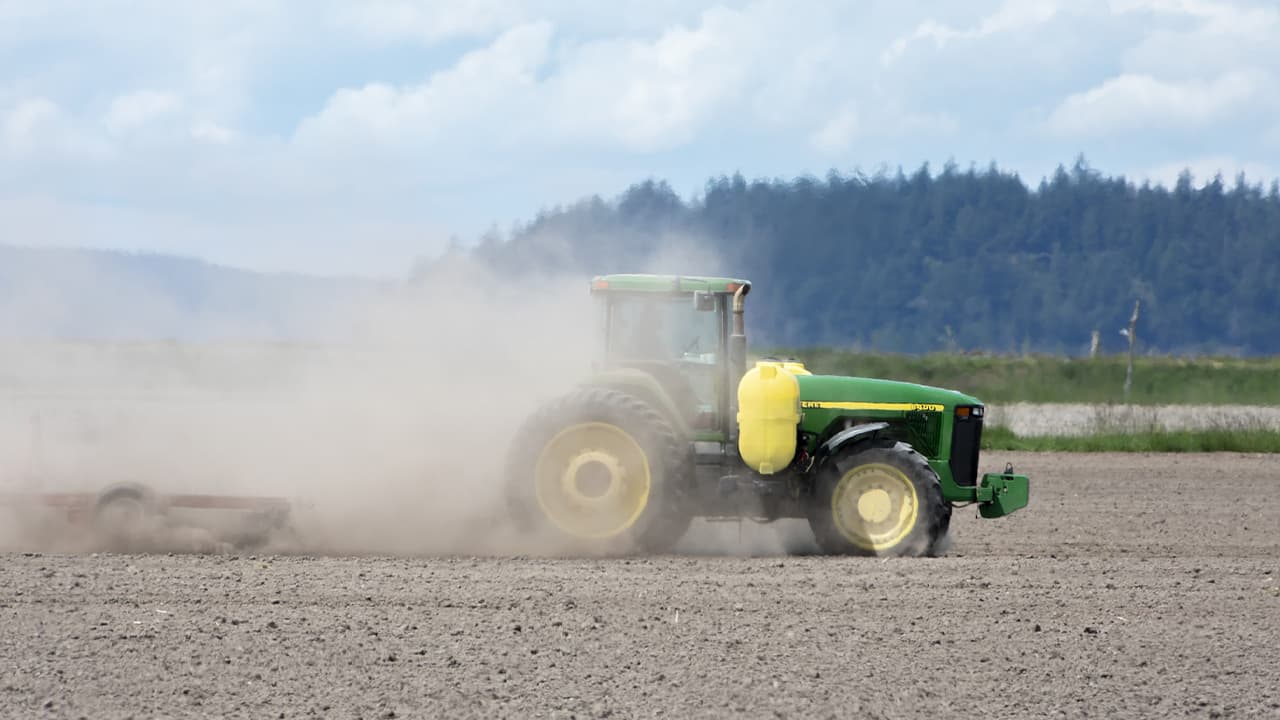The major source of air pollution at the household level is the indoor combustion of fossil fuels, wood and other biomass for cooking, heating and home lighting. Indoor air pollution causes 3.8 million premature deaths per year, the vast majority of which occur in developing countries.
Of the world’s 193 countries, 97 have more than 85 percent of households with access to cleaner burning fuels. Yet 3 billion people still use solid fuels and open fires for cooking, heating and lighting. Introducing cleaner, modern stoves and fuels can reduce illness and save lives.
There are two main sources of air pollution in agriculture: livestock, which emit methane and ammonia, and agricultural waste incineration. Methane emissions contribute to ground-level ozone, which causes asthma and other respiratory diseases. Methane is also a greater contributor to global warming than carbon dioxide, with 34 times the impact on climate change over a century of records. Worldwide, agriculture, forestry and other land uses are responsible for about 24 percent of all greenhouse gas emissions.
There are many ways to reduce air pollution caused by agricultural activities. Many people can switch to plant-based diets and/or reduce the amount of food waste produced, and farmers can reduce the amount of methane emitted by livestock by optimizing feed digestibility and improving grazing and grassland practices.


